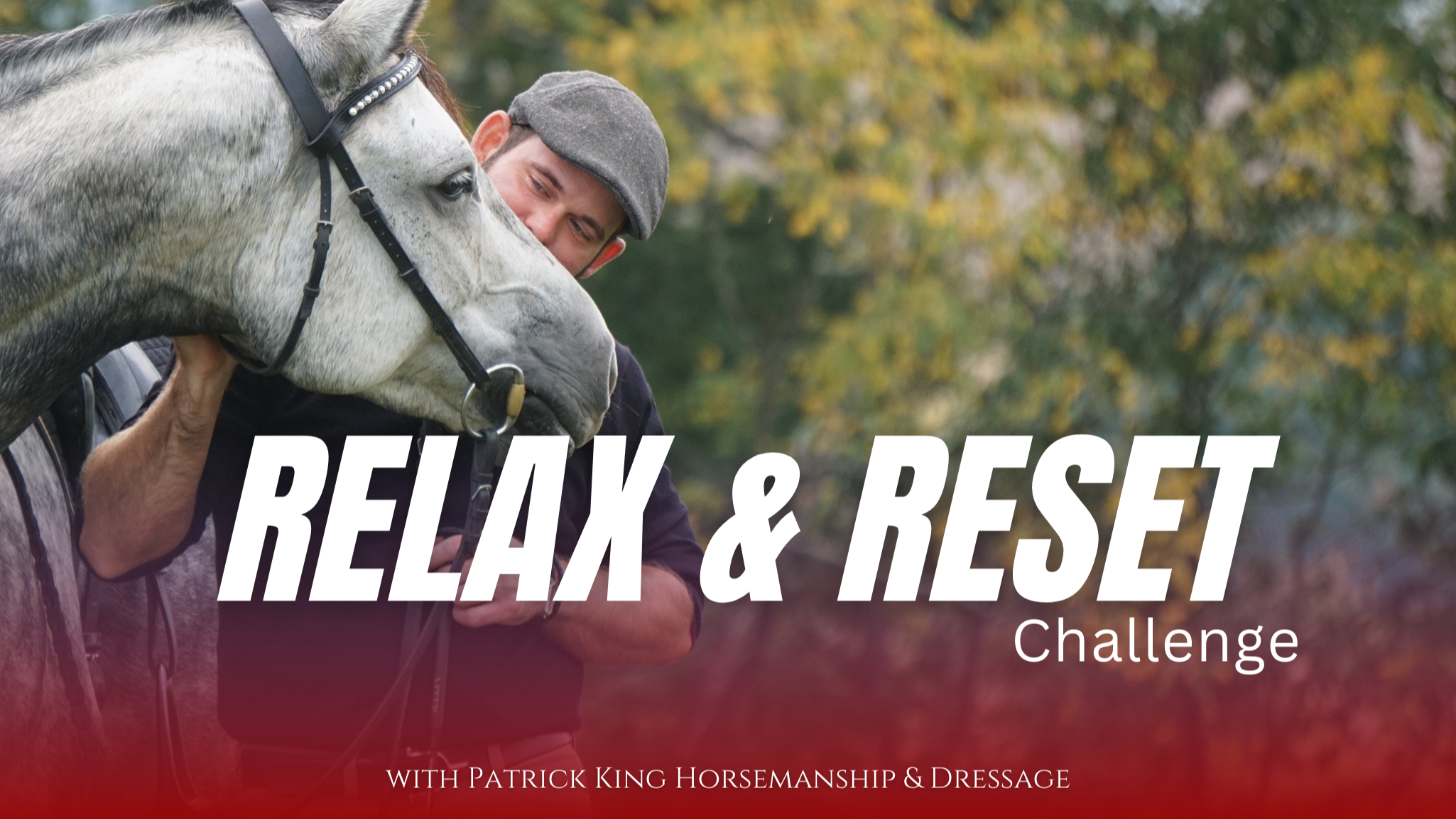
Three Dimensions of Timing
Mar 01, 2025In the intricate dance between horse and human, timing emerges as a pivotal element, a key that unlocks understanding and harmony. The multifaceted nature of timing is significant in the journey of the horseman’s path.
The Three Dimensions of Timing
Let's break this down into three categories:
Physical Timing: This refers to the precise moment of applying aids, aligning with the horse’s footfall. As Charles de Kunffy states, "the horse can only truly understand the aids when they are given in time with the footfall." For example, transitioning from walk to trot. It's necessary to feel the thrust phase of the inside hind leg and ask for the transition then, as that's the leg responsible (in a balanced horse) for the transition itself. Additionally, there's the importance of timely releases. The release should coincide with the horse's preparation for movement, not after its completion.
Mental and Emotional Timing: This dimension involves recognizing the horse’s mental state and providing appropriate "soak time" for processing information. It's like dipping a sponge in water... we need to allow the horse sufficient time to absorb new concepts. It's also important to be careful of "one more-itis." We need to end sessions on a positive note, before the horse becomes overwhelmed or bored. This also includes recognizing the timing of when a horse is ready to learn a new task, or when to change the task to keep the horse's mind engaged.
Goal Timing (Timeline): This focuses on breaking down complex skills into manageable tasks and understanding the timeline for developing physical fitness and neural pathways. We could use the example of the lateral movement of shoulder-in. It can be deconstructed into numerous individual tasks. Position, balance, energy, connection, etc. Stacking these tasks in a sequence for your horse is important, and we need to recognize that neural pathway development and muscle building require time and patience. We also need to have realistic expectations regarding both the horse’s and the rider’s learning curves.
Avoiding the Pitfalls of "Wrong Timing"
There are several common pitfalls associated with incorrect timing:
Being too early or too late with aids.
Providing insufficient or inconsistent cues.
Rushing or delaying responses.
"One more-itis" causing mental or physical fatigue.
In essence, mastering timing is about cultivating a deep awareness of the horse’s physical, mental, and emotional states. It is about recognizing the subtle cues and responding with precision and empathy. By embracing the principles of timing, riders can deepen their connection with their horses and unlock a greater level of harmony and understanding.
Is your horse making training and strength gains?
I've put together a breakdown of the 10 different types of sessions that you should be including in your routine with your horse to help develop their physical and athletic potential.
BONUS: I've also put together 3 videos that break down what your sessions should look like when you're working with your horse: the warm up, the working session, and the cool down. Having this knowledge will help you formulate a more clear and productive session each time you work with your horse.
Enter your email and I'll send you immediate access to the PDF and the videos.
We hate SPAM. We will never sell your information, for any reason.


